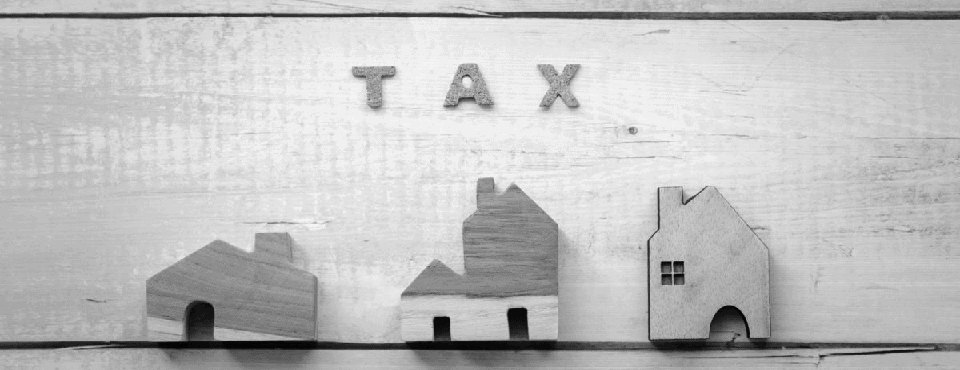2. Accounts Receivable
Money that customers owe to the company. For instance, accounts receivable shows the payment you are still waiting for but should soon be collected if you sold a good on credit.
3. Inventory
Inventory represents goods a business holds for sale or production. This includes raw materials, work-in-progress products, and finished goods inventory—the final products ready to ship to customers. Because these goods are expected to generate revenue within the operating cycle, inventory is a current asset.
4. Short-Term Investments
Investments that a business plans to cash out or sell within the year—things like stocks, bonds, or other marketable securities. They’re liquid but also earn a little extra return in the meantime.
5. Prepaid Expenses
Payments made upfront for things like rent, insurance, or subscriptions. While these don’t turn into cash, they’re considered current assets because they provide value in the short term
6. Supplies
Office materials, packaging supplies, or factory stock used in daily operations fall into this category. They’re consumed quickly and help keep processes running smoothly.
In short, current assets are what keep businesses agile and financially secure. They help pay short-term debts, fund operations, and provide breathing room when unexpected costs pop up. Without them, a business might have valuable assets but no ability to cover immediate expenses—and that’s where problems start.
Publisher: Source link











